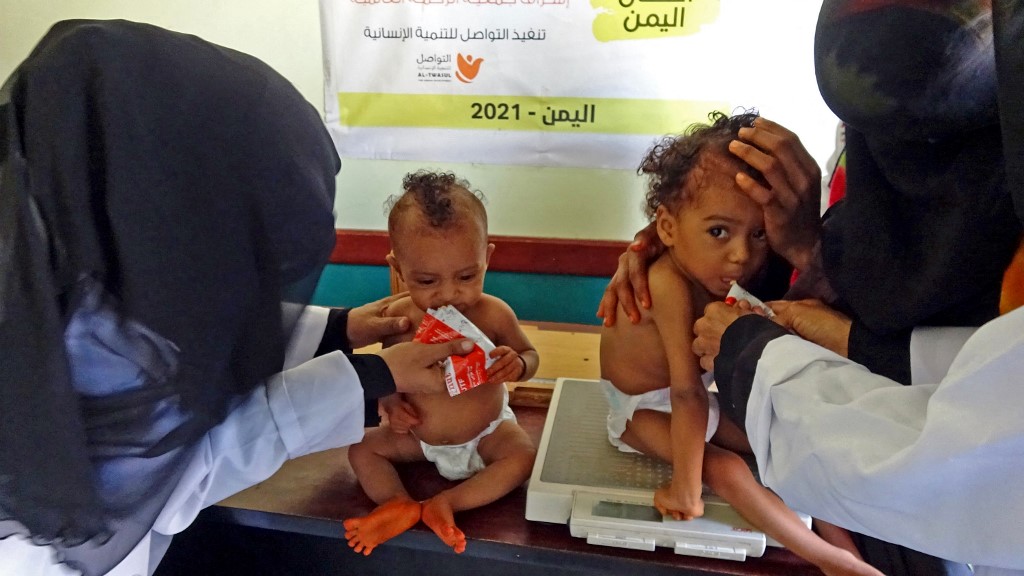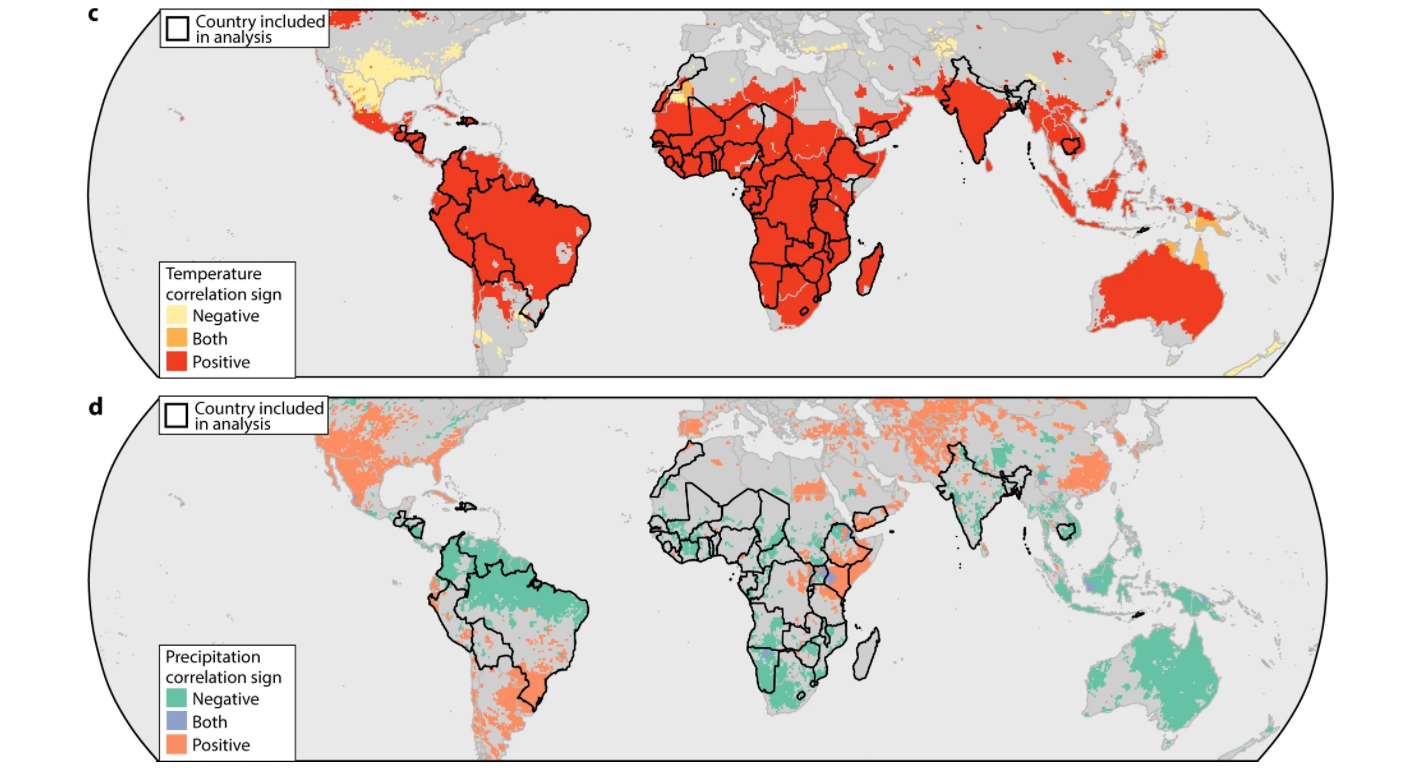

by Patrick GALEY
Agence France-Presse
PARIS, France (AFP) – Changing rain patterns caused by the El Nino warming phenomenon frequently drives millions of children into malnutrition and saddles them with life-long health issues, researchers said Tuesday, calling for action against the “predictable” impact.
El Nino is a periodic event that affects global weather patterns, occurring every few years when eastern Pacific Ocean waters get unusually warm, leading to heavy rain in some regions but relative drought in others.
US-based researchers examined 40 years worth of data for more than one million children across all developing country regions and compared their weight in El Nino with non-El Nino years.


They found that warmer and drier El Nino conditions increased childhood malnutrition across the tropics — a part of the world where 20 percent of children are already severely underweight.
Crucially, while the children’s weight appeared to rebound following an El Nino, the shock to their nutrition caused by the phenomenon led to stunted growth for years.
Writing in the journal Nature Communications, the team found that a typical El Nino event saw childhood malnutrition rates soar as much as three times higher than that witnessed during the coronavirus pandemic.
“It would have been very difficult to prepare the world for a pandemic that few saw coming,” said co-author Amir Jina, from the Harris School of Public Policy.
“But we can’t say the same about El Nino events that have a potentially much greater impact on the long-term growth and health of children.”
In 2015, a particularly strong El Nino year, the team found that an additional six million children were driven into malnutrition.
While it is unclear if global heating will increase the frequency of El Nino years, it is already making hot and dry areas hotter and drier.
The authors of Tuesday’s paper said that El Nino had contributed heavily in holding back the developing world’s efforts to reduce hunger.
But since the event can be predicted by climatologists at least six months in advance, they called for governments to integrate El Nino into their humanitarian plans.
“These are routine events in the climate that lead to real tragedy around the world,” said Jesse Anttila-Hughes, from the University of San Francisco.
Anttila-Hughes said that further study of how El Nino affects crop cycles on a regional level could provide insight into how food systems globally are likely to adapt to a warming world.
“But the fact that we live through an El Nino every few years, we know they’re coming, and we still don’t act is a bad sign since many of these climate shifts… will be a lot less predictable as the climate changes,” he said.
© Agence France-Presse
